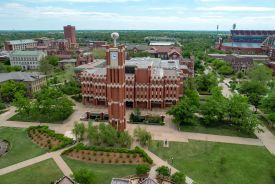Fake news has been elevated as a national security problem that needs to be addressed. However, there is much more serious than fake news - fake science news. The Internet is full of these new research and discoveries but how do you distinguish real science from fake science?
An article from KQED Learning suggested using the method G.L.A.D to discern what's real from what is plain sensationalism. G.L.A.D is an acronym which stands for getting past the click bait, looking for unfounded claims, analyzing the sources, and determining the opinions of experts.
Most fake news have click bait or sensational headlines to get people's attention. The Internet is not lacking for examples of such articles. Headlines that claim they have found a secret or the ultimate cure to an incurable disease should always make you wary. That alone is a sign that they are hyping the story.
Another method you can use to distinguish the fake from the not is to analyze where this news is getting their sources. If the cited source is a peer-reviewed publication, then it is more legitimate than when it is coming from an organization that is trying to promote something. You will often see this in companies selling health supplements and medicines.
After looking at the sources, you should also look at what the other experts in the field are talking about. You just don't depend on the source alone but also what other scientists and researchers are saying about that particular study or experiment.
An article in Forbes also suggests looking at the language being used in the article. Is it using factual information, or does it use emotional and jargony words that are pretty confusing and are not related to the study at all?
Lastly, if the science news is claiming some sort of exclusivity, be on the lookout. A new type of treatment or cure isn't novel at all if the researchers cannot explain the process with a solid scientific background. Remember, science can't be exclusive to just one group or person but it has been around for many years, even until now.
© 2025 University Herald, All rights reserved. Do not reproduce without permission.








